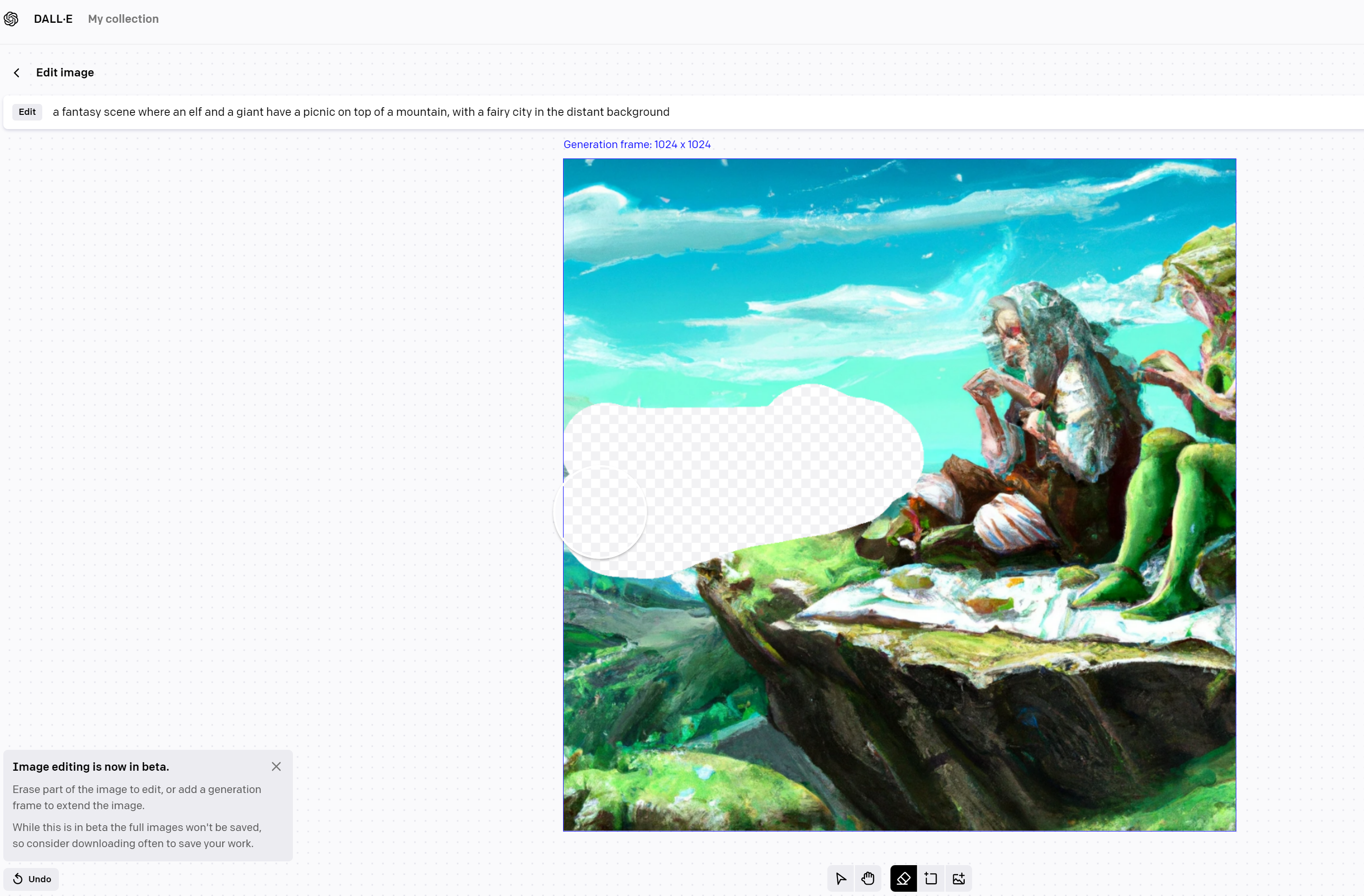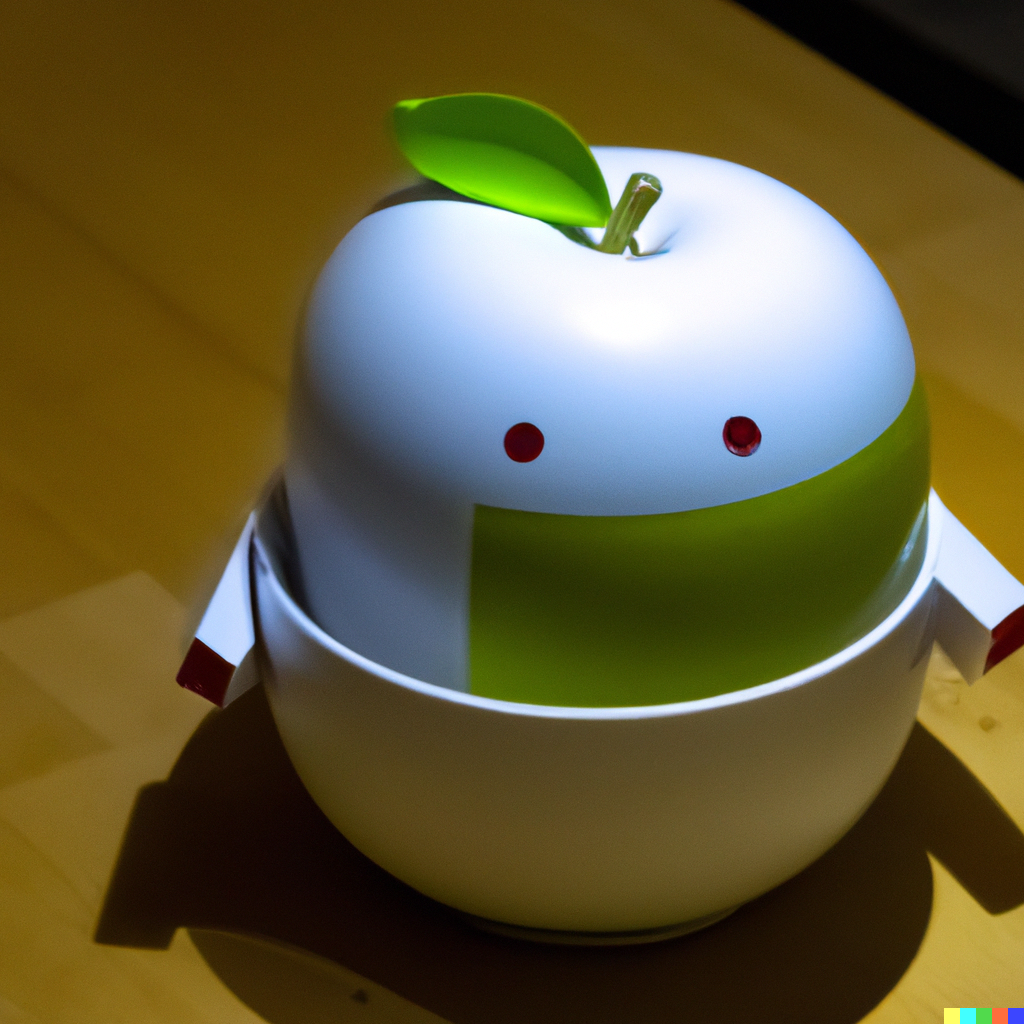The grandfather of AI art, DALL-E, is now free for you to try

 Image: Mark Hachman / IDG via DALL-E
Image: Mark Hachman / IDG via DALL-EFor months, the “first” AI art program, DALL-E, has been hidden behind a beta wall that has limited access. Now it’s open to everyone to try out, with a generous amount of credits, to boot.
On Wednesday, OpenAI.com removed the waitlist to sign up for DALL-E, allowing anyone to join after registering for a free account. (The linked blog post includes a link to sign up.)
Each signup adds 50 credits to your account, with each credit generating four 1024×1024 images from a single prompt from the OpenAI server. You’ll get 15 new credits per month, though the credits do not roll over. OpenAI also has placed content limits on the type of images you can generate, forbidding violence, sexual acts (including nudity), politicians, and public figures. On the other hand, the 1024×1024 image sizes are larger than other AI art generators, and the images render quite quickly.
DALL-E also supports outpainting, a relatively new AI art technique that allows you to create variations on a scene within certain regions. For example, if you created a prompt that generated a scene where a fairy and a giant had a picnic on a cliff, your vision of what the backdrop might look like could clash with what DALL-E generated. Outpainting allows you to simply highlight or erase the backdrop with a virtual paintbrush, and DALL-E will provide variations on that region.


Is DALL-E good? In certain scenarios, yes—and in others, you’ll find better success elsewhere. DALL-E feels a little bit dumb, in the sense that computers are dumb: It favors explicit prompts, and seems to take instructions rather literally. If you try a rather generic prompt—”the castle of time” has been one I’ve used before—you’ll probably receive photo-like compositions of ordinary castles.
Likewise, “a starship enters a warp portal against the backdrop of a binary star, sci-fi, epic, cinematic lighting” gave me something that looked a little uninspired. “Promptcraft,” where users create detailed, specific prompts to create specific outcomes, may help here. But even adding AI artists’ favorite inspiration, Greg Rutkowski, doesn’t do that much for the finished image.
Instead, DALL-E seems to work best with simple compositions. “A photo of a kraken emerging from the ocean underneath the Golden Gate Bridge” generated the image you see leading off this story, which in my opinion is quite good. “A bowl of robotic fruit” produced a rather nice conceptual image, below. Take your cues from the automated interstitial images that DALL-E generates as it’s processing prompts, and you’ll have better luck.

Mark Hachman / IDG via DALL-E
Mark Hachman / IDG via DALL-E
Mark Hachman / IDG via DALL-E
Remember, though, that this DALL-E AI art generator is just the first generation. In April, OpenAI moved on to the more sophisticated DALL-E 2—which is also restricted to beta access at the moment.
If you’re looking for more artistic compositions, stick with Midjourney, which also works on a credit system. For those with access to a gaming PC or GPU, however, we’d recommend you try out Stable Diffusion on your own PC, which allows you to try out as many compositions as you have time for. And remember, AI art isn’t just images; you can play virtual D&D with AI, generate artificial voices, and more, in our AI art primer.
Author: Mark Hachman, Senior Editor

As PCWorld’s senior editor, Mark focuses on Microsoft news and chip technology, among other beats. He has formerly written for PCMag, BYTE, Slashdot, eWEEK, and ReadWrite.
Recent stories by Mark Hachman:
Arc’s new browser for Windows is too twee for meThe new Meta.ai website can draw amazing AI art instantlyWhy pay? One of Photoshop’s best features is free in Windows




